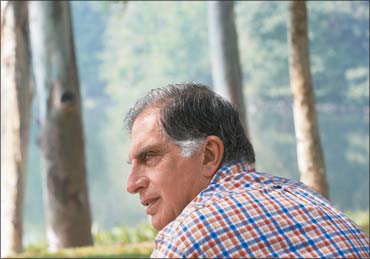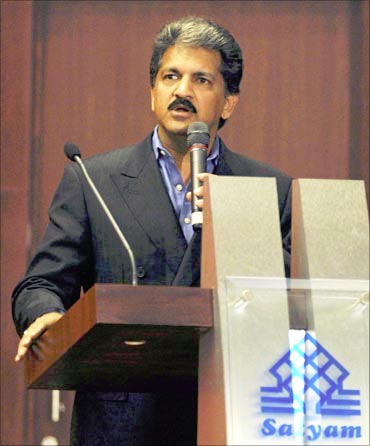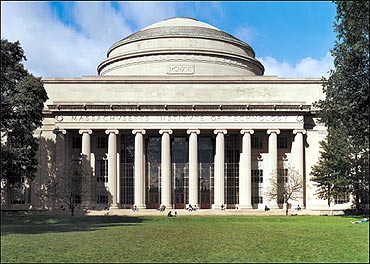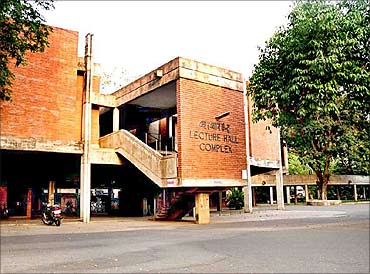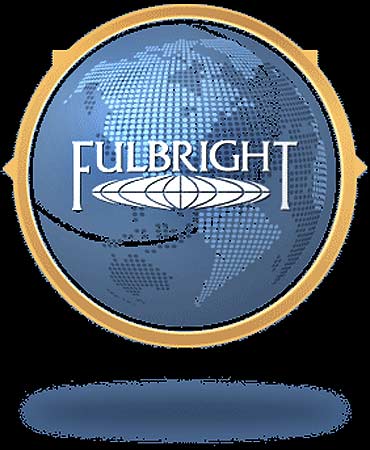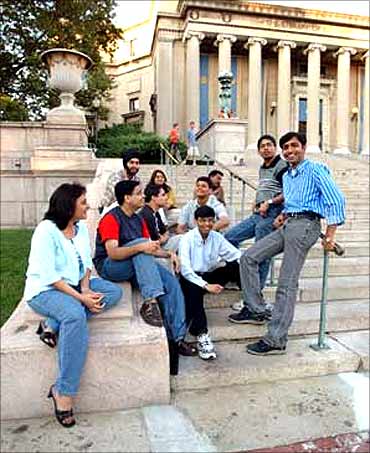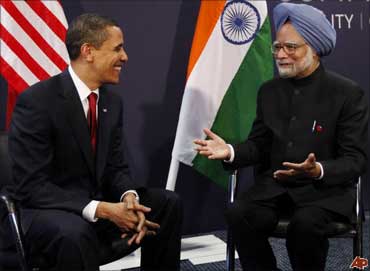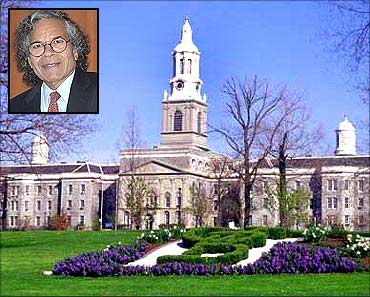 | « Back to article | Print this article |
5 Indians donate millions to US universities
Click NEXT to read on...
5 Indians donate millions to US universities
While the relationship has, so far, been asymmetric - with the US playing the commanding role - this too is, hopefully, beginning to change, with India and Indians playing a significant role.
Click NEXT to read on...
5 Indians donate millions to US universities
While ties in other sectors may have been able to produce instant "highs" and "lows", cooperation in education has gradually created an extraordinary win-win relationship. This happened due to three factors.
The first is through the initial American intellectual and financial investment in building Indian institutions of excellence.
From 1961 to 1972, USAID supported the Kanpur Indo-American Programme (KIAP) to help IIT Kanpur find its feet.
Click NEXT to read on...
5 Indians donate millions to US universities
Rakesh Pandey, an alumnus, recounted to Robert Blake, the US Assistant Secretary of State for South Asian and Central Asian Affairs, one such example. "A professor from MIT arrived in Kanpur for his assignment.
Click NEXT to read on...
5 Indians donate millions to US universities
Indian students were exposed not only to new inventions, but also to American academia's dedication to teaching, research and innovation. IIT-Kanpur was not alone; many Indian agricultural universities were supported by US land grant universities, and the path-breaking research conducted in these institutions is often forgotten.
Click NEXT to read on...
5 Indians donate millions to US universities
Second, there was, for several years, a virtual open door for good Indian students to enter top US universities, where they went for further studies. Today, the IIT Kanpur Alumni chapter in the US alone has 5,000 members.
Often, tuition waivers, assistance ships or scholarships allowed Indians from even the most deprived backgrounds to enter the top US universities. Many stayed back and became part of the dazzling Indian Diaspora whose role in bridging the bilateral relationship is well known.
Click NEXT to read on...
5 Indians donate millions to US universities
Finally, through programmes like the Fulbright, the US was able to give mid-career academics and professionals, including IAS officers, exposure to the best academic universities through the Mason Fellowship.
Click NEXT to read on...
5 Indians donate millions to US universities
In the past this relationship was relatively one-sided. Compared to the thousands of Indians who went to the US, only a small number of American students came to India, primarily through the Fulbright programme. Even for this limited number the experience was not painless.
Click NEXT to read on...
5 Indians donate millions to US universities
It was fine if a scholar wanted to learn Pali or Sanskrit or study Indian philosophy, but not so if the area of interest was the political, strategic or economic life of contemporary India.
Fortunately, this is beginning to change. In November last year, President Obama and Prime Minister Singh launched the 21st Century Knowledge Initiative. This is designed to enhance the India-US strategic partnership in education through increased exchanges and greater academic collaboration.
Click NEXT to read on...
5 Indians donate millions to US universities
But even without governments there will individual Indians who help to further cement India-US cooperation in education. Consider this story: John P Kapoor graduated from
The State University of New York at Buffalo (SUNY) offered him a graduate fellowship, and he completed his doctorate in medicinal chemistry in 1972.
Kapoor went on to become a great entrepreneur in the pharmaceutical industry. In 2000, he gave SUNY $5 million, increasing it to $11 million in 2010.
